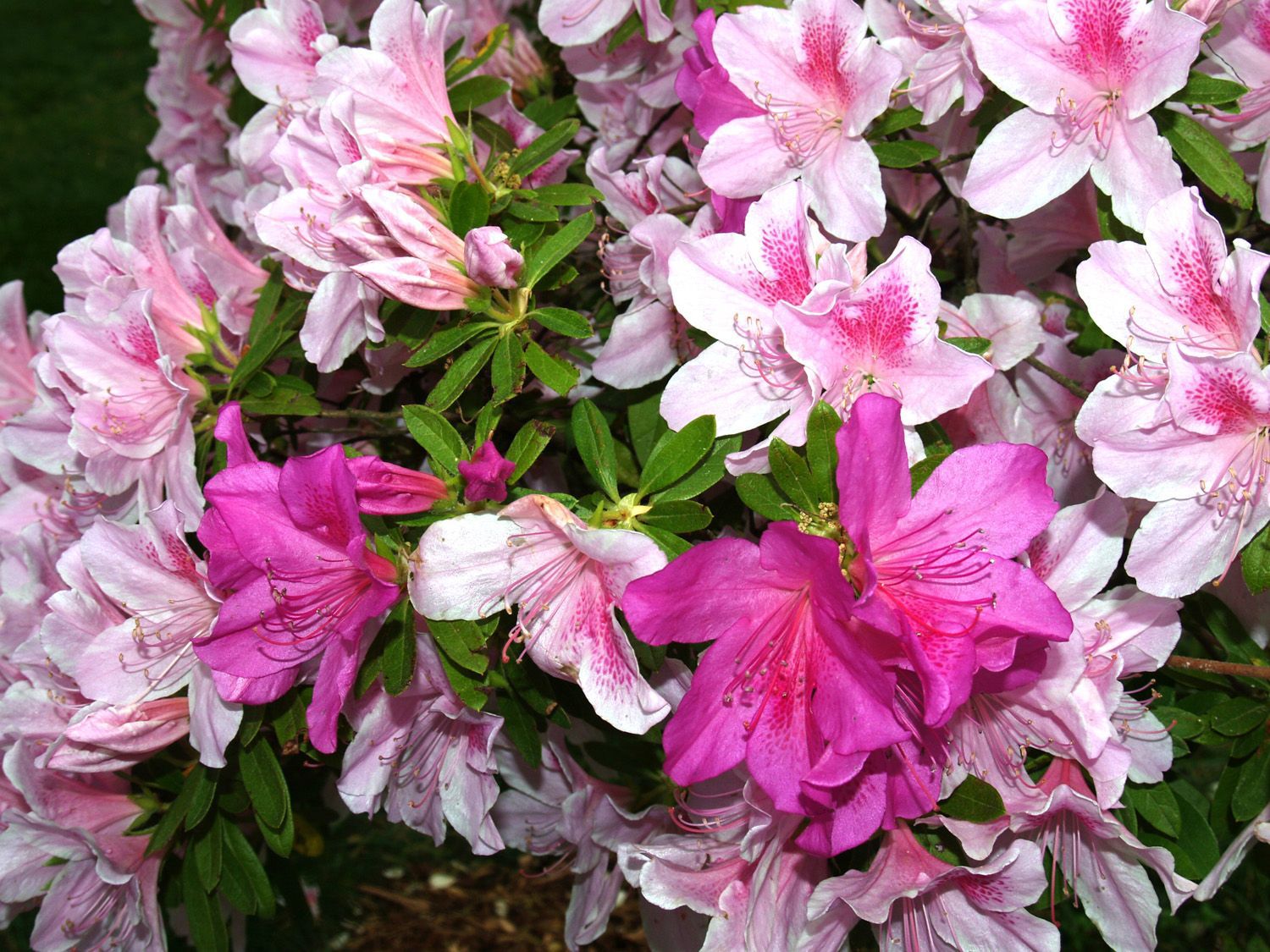Another sign of spring: Pesky pests and azalea anomalies
Published 12:00 am Friday, May 2, 2014
SALISBURY — Unusual weather always seems be a factor with our outdoor projects. Whatever the weather may bring, many people are forging ahead. Below are questions from earlier this week.
Question: I have a crape myrtle that has these strange little strings coming out of the bark, along with small holes in the limbs. What causes this and what can I do to prevent it?
Answer: From your description you may have ambrosia beetles. These emerge in early spring and attack thin barked, deciduous trees such as dogwood, redbud, maple, ornamental cherry, Japanese maple and crepe myrtle. Other reported hosts include pecan, peach, plum, persimmon, golden rain tree, magnolia, fig and azalea. There are a few products available that may be sprayed on the trunk. Make sure the product lists ambrosia beetle on the label for borers. Try to reduce the stress of the tree or shrub in hopes that the plant will outgrow insect infestations. Go to http://www.ces.ncsu.edu/depts/ent/notes/O&T/trees/note111/note111.html for more complete information about the pest.
Question: We have bumble bees that are boring into the sides of our deck. What can we do to stop them?
Answer: A few carpenter bees are starting to show up in all areas of Rowan County. The initial activity is often by males who are busy buzzing about looking for the lady bee of their dreams. The males are often territorial and will actually harass people sitting on wooden park benches or on their porches. There is really no pesticide that will give extended protection against these pests. Once these insects take up residence, they return back each year to extend their family. There are two major problems when dealing with carpenter bees: an effective chemical residue that endures throughout the entire period of bee activity, and the ability to apply any pesticide to all of the surfaces that need protection, particularly overhead on soffit and fascia boards. Other than swatting the bees with a badminton racket, your next best option is to apply a pesticide into active tunnels and then seal up the hole. There are now aerosol insecticides with a special spray tube designed to penetrate through curving tunnels. Go to http://www.ces.ncsu.edu/depts/ent/notes/Urban/carpenterbees.htm for more detailed information.
Question: I have a beautiful azalea that now has two different color blooms on the same plant. Is this normal?
Answer: It’s common for flowering shrubs to sport different color flowers on the same branch. The sporting is often caused by a virus or a genetic mutation. Some camellia varieties are well known to produce multiple bloom colors.
Darrell Blackwelder is the county Extension director with horticulture responsibilities with the North Carolina Cooperative Extension Service in Rowan County. Learn more about Cooperative Extension events and activities by calling 704-216-8970 Facebook or online at www.rowanextension.com




